Almonds—nature’s crunchy, nutritious gems—are prized worldwide for their versatility, from snacking to baking, oil, and plant-based milk. But when it comes to production, one country is clearly on top: the United States, specifically California, remains the global almond powerhouse.
Almond by Numbers: Global Production Snapshot
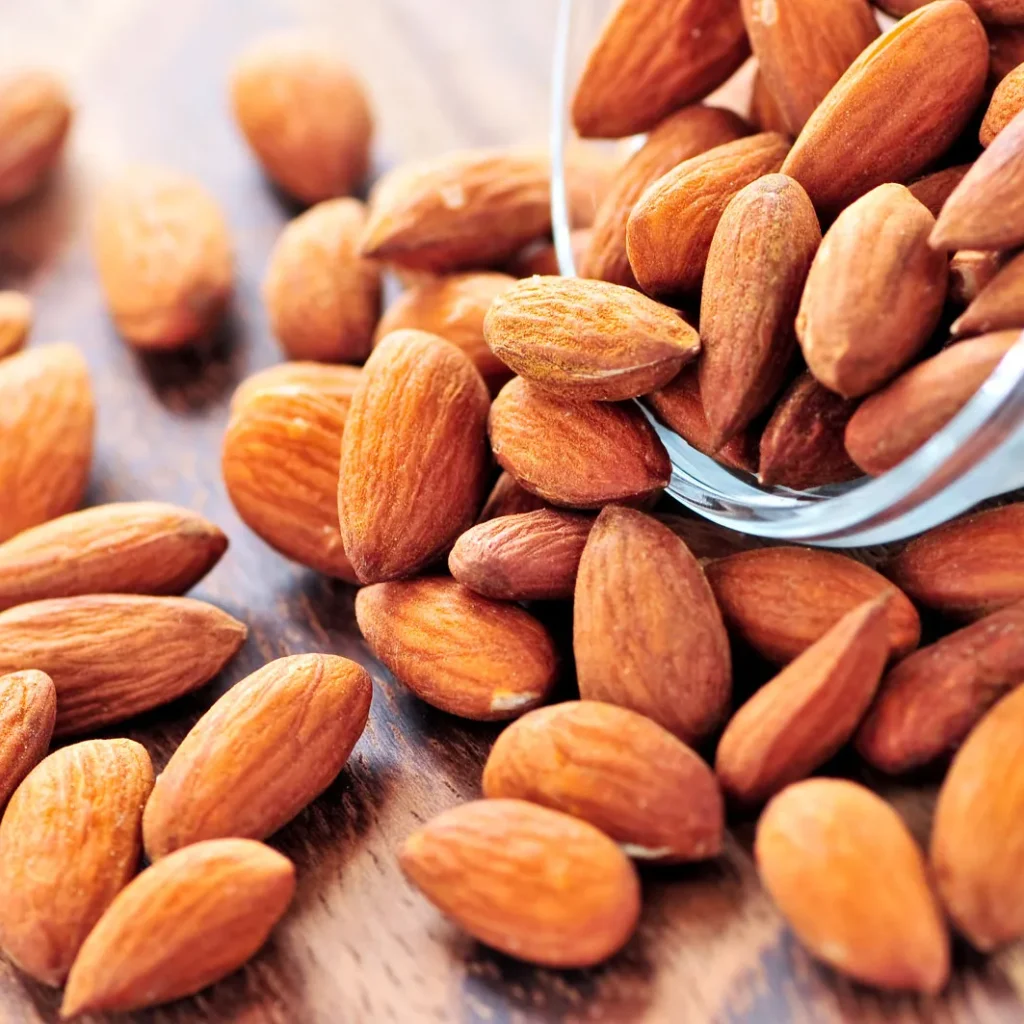
According to FAOSTAT and other data repositories, global almond production in 2022 reached around 3.6 million metric tons en.wikipedia.org. But this total hides a striking distribution:
- United States: ~2.0 million tonnes (~55–56% of global share)
- Spain: ~200,000 tonnes (~10%)
- Iran: ~148,000 tonnes (~5%) currentaffairs.adda247.com+9en-in.atlasbig.com+9atlasbig.com+9
- Australia: ~73,000 tonnes (~4–5%)
- Morocco, Turkey, Italy follow with smaller shares
California alone produces 80% of the world’s almonds, underscoring the state’s central role .
The U.S.: Almond Kingdom in California
Ideal Climate & Scale
California’s Mediterranean climate—hot, dry summers and mild winters—mirrors the almond tree’s birth region. As of 2020, about 1.25 million acres (roughly 500,000 hectares) were devoted to almond orchards theguardian.com+4en.wikipedia.org+4en.wikipedia.org+4.
Pollination Power
During blooming, over half of U.S. commercial honeybee colonies converge in California’s orchards, making it the world’s largest managed pollination event .
Economic Powerhouse
California’s almond exports totaled $4.7 billion in 2022 alone apnews.com. The almond industry contributes about $11 billion to California’s GDP and supports ≈104 000 jobs statewide .
Highly Mechanized
As mechanization increased, the industry scaled, especially with tree shakers and sweepers reducing labor costs and accelerating harvests en.wikipedia.org.
Australia: Rapid Growth in the Southern Hemisphere
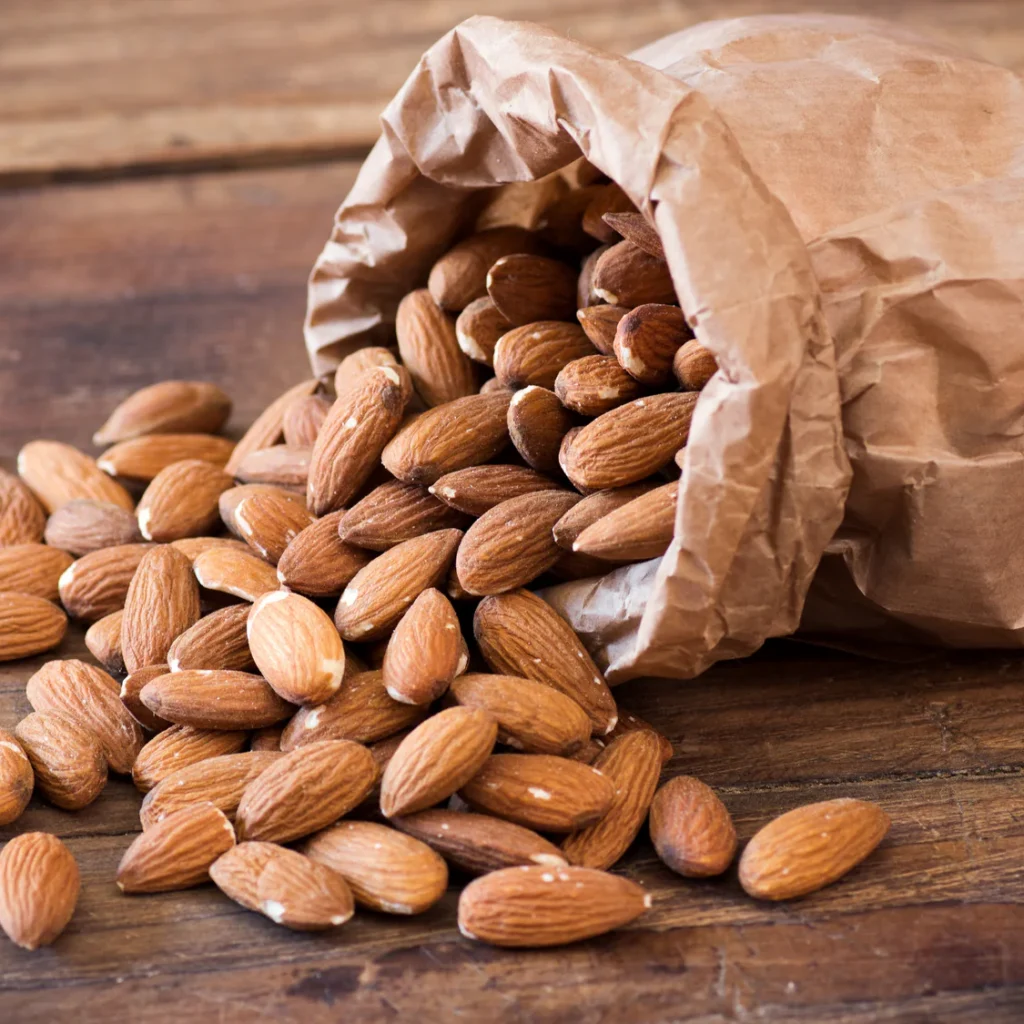
Australia soared to the second-largest global almond producer with ~130,000 tonnes annually (~10% share) reuters.com+2theaustralian.com.au+2adelaidenow.com.au+2.
Expansion & Exports
Since 2000, planted area grew from ~3,500 ha to over 64,000 ha, mostly along the Murray River basin en.wikipedia.org+1en.wikipedia.org+1. In 2023–24, 106,600 tonnes were exported ($500 million) .
Trade Advantage
Australia’s free trade agreements with China and India have boosted export growth (China: +129%) by capitalizing where U.S. almonds face tariffs theaustralian.com.au.
Sustainability Concerns
Limited water availability and pollination threats (e.g., varroa mite affecting bees) constrain growth reuters.com+1theguardian.com+1. Despite these challenges, the agricultural boom shows strong momentum.
Spain & Iran: Mediterranean Staples
Spain
As Europe’s top almond grower, Spain produced ~200,000 tonnes in 2022 (~10% global share) . With 765,000 hectares under cultivation, Spain has the most land dedicated to almonds globally .
Iran
Iran contributes around 148,000 tonnes, often exporting to neighboring countries like India . High yields per hectare (~1,412 kg/ha) indicate efficient cultivation .
Smaller Producers with Regional Strength
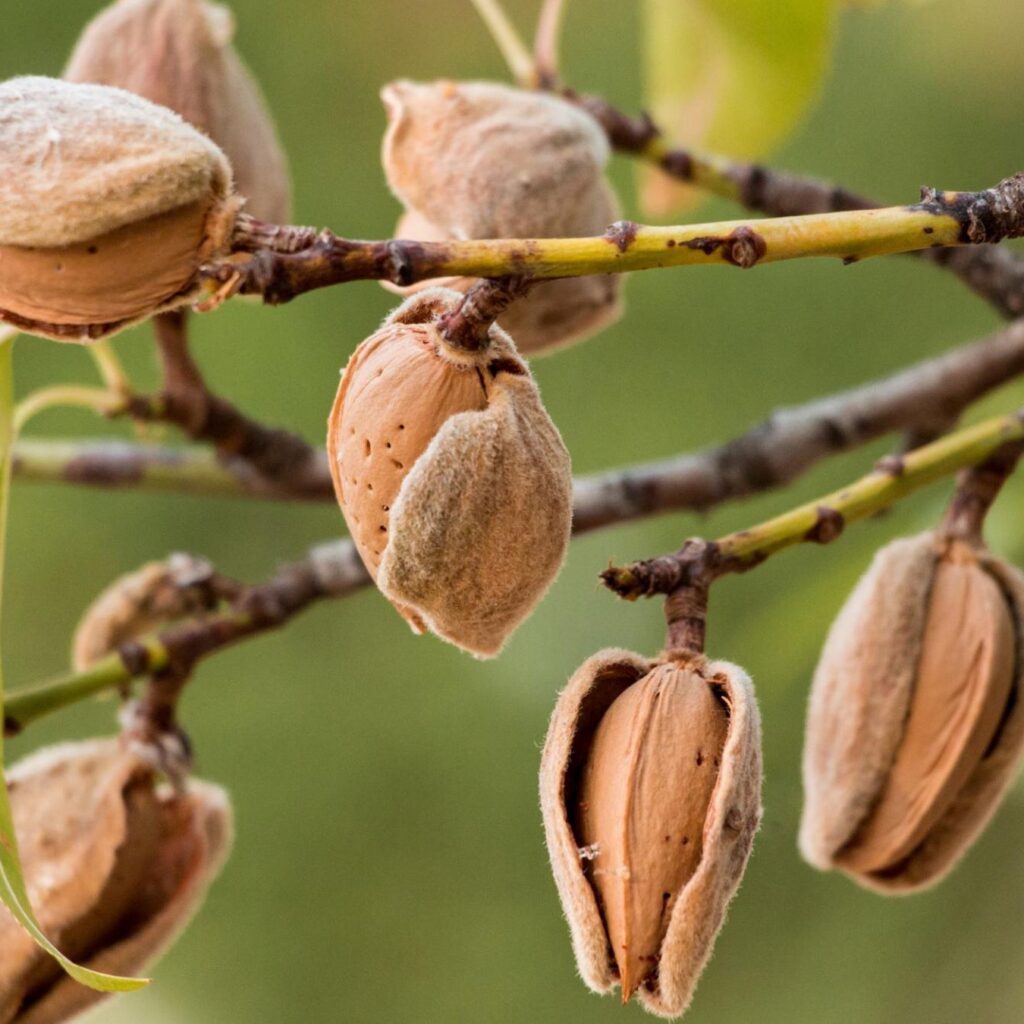
- Morocco: ~113,000 t
- Turkey: ~85,000 t
- Italy: ~75,000 t
- North African nations (Algeria, Tunisia) and Syria contribute modestly .
Market Trends & Growth
Production Forecasts
USDA projects a 3% rise in global nut production, including almonds, for 2023–24 agricultureportal.co.za+2agricultureportal.co.za+2farmingportal.co.za+2. California’s yield growth is modest—+1%—while Australia surged ~4.9% .
Sustainable Solutions
Almond growers face sustainability pressures: water scarcity, wildfire risk, and sustainability regulations en.wikipedia.org+6investopedia.com+6apnews.com+6. Both U.S. and Australian industries are investing in water-efficient irrigation and renewable energy in processing.
Global Demand
Growing demand for plant-based diets, almond milk, healthy snacks, and exports into China, India, EU, Middle East fuels global growth .
Comparing Almond Giants
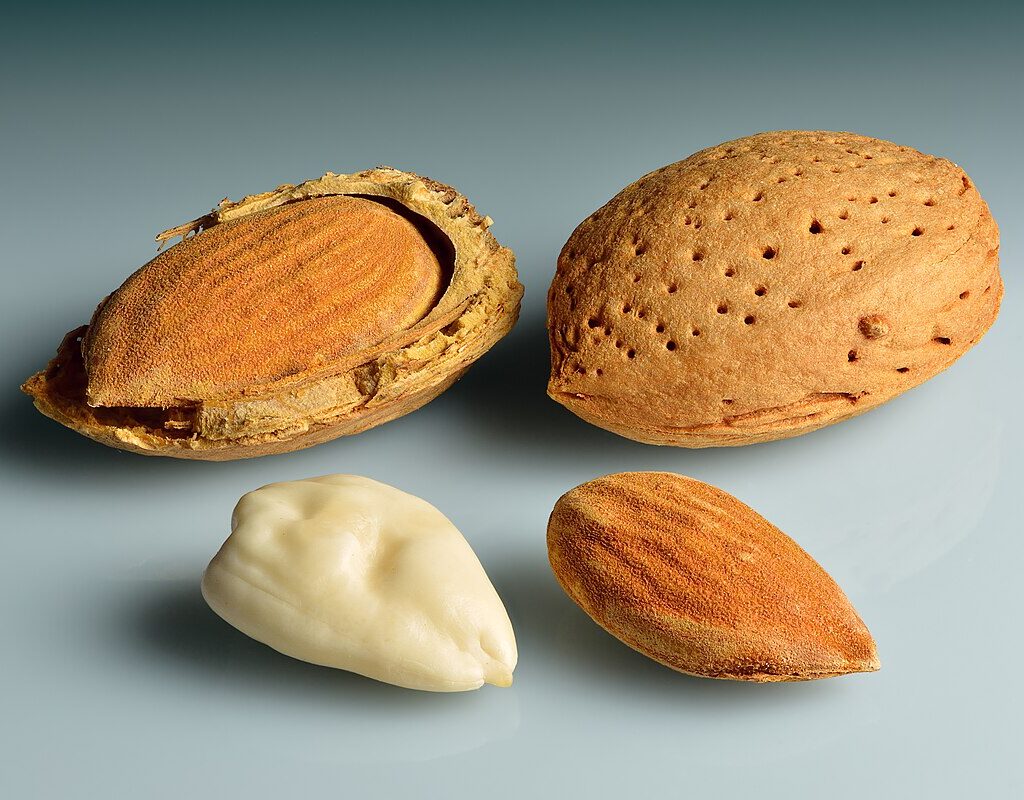
| Country | Production (t) | Global Share | Main Strengths |
|---|---|---|---|
| USA | ~2,000,000 | ~55–56% | Scale, mechanization, export power, ecosystem (bees & irrigation) |
| Australia | ~130,000 | ~10% | Rapid expansion, trade deals, export-driven growth |
| Spain | ~200,000 | ~10% | Largest cultivation area, EU market supply, varied heritage cultivars |
| Iran | ~148,000 | ~5% | High yield per hectare, regional demand, export market to India & neighbors |
Future Outlook
Sustainable Farming
Expect more water reuse systems, almond tree drought-resilient cultivars, and certification programs driven by environmental pressures.
Diversifying Value
California and Australia are investing in ethanol from shells, solar-powered mills, and carbon-credit schemes atlasbig.comtheguardian.com.
Market Expansion
Middle East, South Asia, and sustainability-aware European consumers are drawing more almond imports.
Innovation
Seed companies continue to develop higher-yield, pest-resistant, and drought-adapted trees to broaden cultivation zones.
Final Takeaway
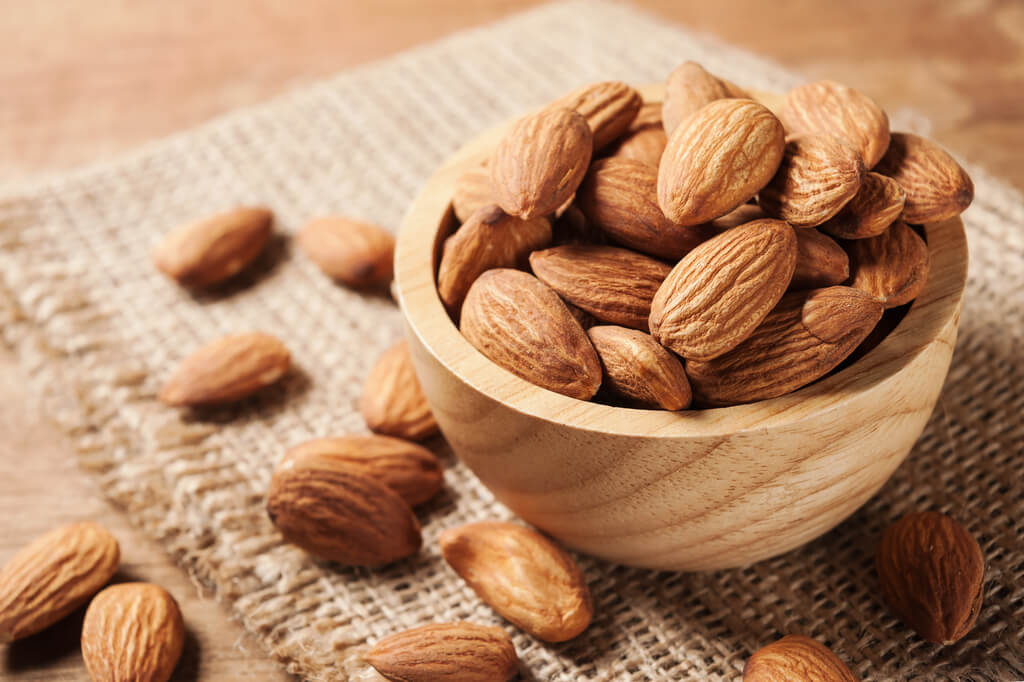
The United States, especially California, stands as the world’s top almond producer, supplying over half of the global crop—dominated by massive orchards, mechanized farming, and robust export systems. Australia, with its rapid expansion and savvy trade strategies, holds strong in second place. Spain, with vast cultivation lands and tradition, and Iran, with yield efficiency and regional reach, round out the top producers.
Amid rising demand for plant-based nutrition, almond farming continues to grow—but not without environmental challenges. Sustainable farming, climate resilience, and innovation will define the future of this valuable tree nut.

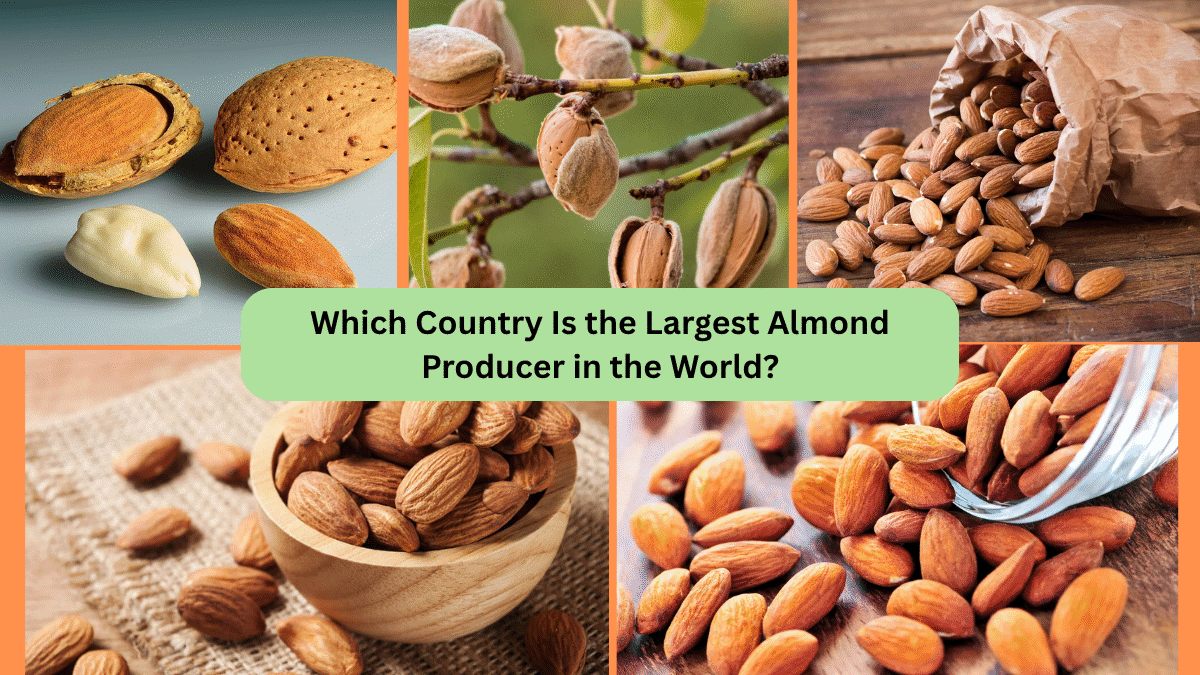



Leave A Comment